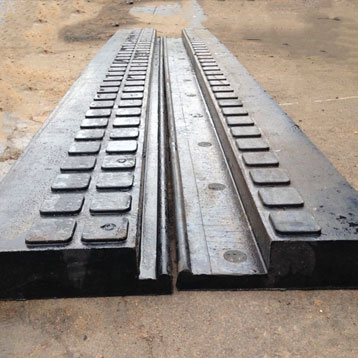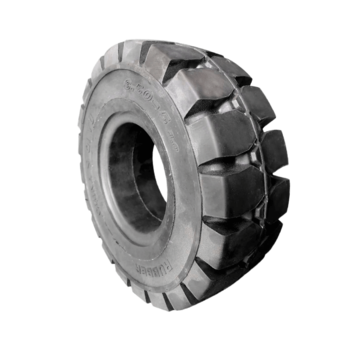Railway crossings are vital points where train tracks intersect with roads, pedestrian paths, or other railway lines. These crossings require effective solutions to ensure safety, smooth transit, and durability. One such solution is the railway crossing rubber plate, which plays a crucial role in reduce wear and tear on both the railway track and vehicles, enhancing safety, and providing comfort for passengers and drivers.

Railway crossing rubber plates are engineered to absorb vibrations, reduce noise, and prevent wear and tear on the road surface. These rubber mats are typically designed to withstand heavy loads, weather conditions, and prolonged exposure to traffic, making them a reliable choice for maintaining safety and operational efficiency at crossings.
Key Specifications of Railway Crossing Rubber Plates
Several technical specifications must be considered when selecting and installing railway crossing rubber plates. These specifications ensure that the plates perform, meet safety standards, and are suitable for the intended application.
Material Composition
The material used in the production of railway crossing rubber plates is crucial for determining the plate's durability, performance, and lifespan. Many rubber plates are made from a blend of high-quality synthetic rubber, which includes EPDM (Ethylene Propylene Diene Monomer) or NR (Natural Rubber). These materials are chosen for their resilience, flexibility, and resistance to wear and tear.
EPDM, in particular, is valued for its ability to withstand temperatures, ozone exposure, and weather conditions. Natural rubber provides elasticity and shock-absorbing properties, while synthetic blends offer additional strength and durability. The combination of these materials ensures that the rubber plate can handle the mechanical stress and environmental factors at a railway crossing.
Size and Dimensions
The dimensions of railway crossing rubber plates vary based on the design and purpose of the crossing. Typically, these plates are available in standard sizes, but custom solutions can be manufactured to suit specific requirements. The length and width of the rubber plate are critical factors in ensuring full coverage of the gap between the railway track and the road surface.
Common dimensions for a standard railway crossing rubber plate include:
Length: 1 meter to 3 meters (or more, depending on the crossing size)
Width: 1 meter to 2 meters
Thickness: Between 25 mm to 50 mm
These dimensions are designed to accommodate the type of traffic that will pass over the plate, ensuring a smooth transition for vehicles and pedestrians while maintaining a secure, level surface.
Load-Bearing Capacity
One of the critical specifications of railway crossing rubber plates is their load-bearing capacity. Given that vehicles, trains, and heavy machinery pass over these crossings, the rubber plate must be capable of withstanding substantial loads without deteriorating or becoming deformed.
The load-bearing capacity is typically measured in terms of the weight the plate can support without showing signs of damage, cracks, or excessive compression. The plate's design ensures that it evenly distributes the weight of passing traffic, preventing localized pressure points that could cause premature wear.
Rubber plates are typically tested to withstand loads ranging from 5 tons to 50 tons per axle, depending on the level of traffic and the type of vehicles using the crossing. In regions with heavier traffic, thicker and more robust rubber plates may be used to handle the higher load demands.
Non-Slip Surface
Safety is a paramount concern when it comes to railway crossing rubber plates. A non-slip surface is a crucial specification to ensure that vehicles and pedestrians can cross the tracks without risk of accidents, especially in wet or icy conditions.
The rubber plates are often designed with a textured or patterned surface that enhances grip and reduces the likelihood of slipping. This feature is particularly important in areas with frequent rain, snow, or freezing temperatures, where the crossing may become slippery. Some rubber plates also include reflective markings or paint for better visibility at night, which further enhances safety.
 View More
View More
 View More
View More
 View More
View More
 View More
View More
 View More
View More
 View More
View More
 View More
View More
 View More
View More
 View More
View More
 View More
View More
 View More
View More
 View More
View More